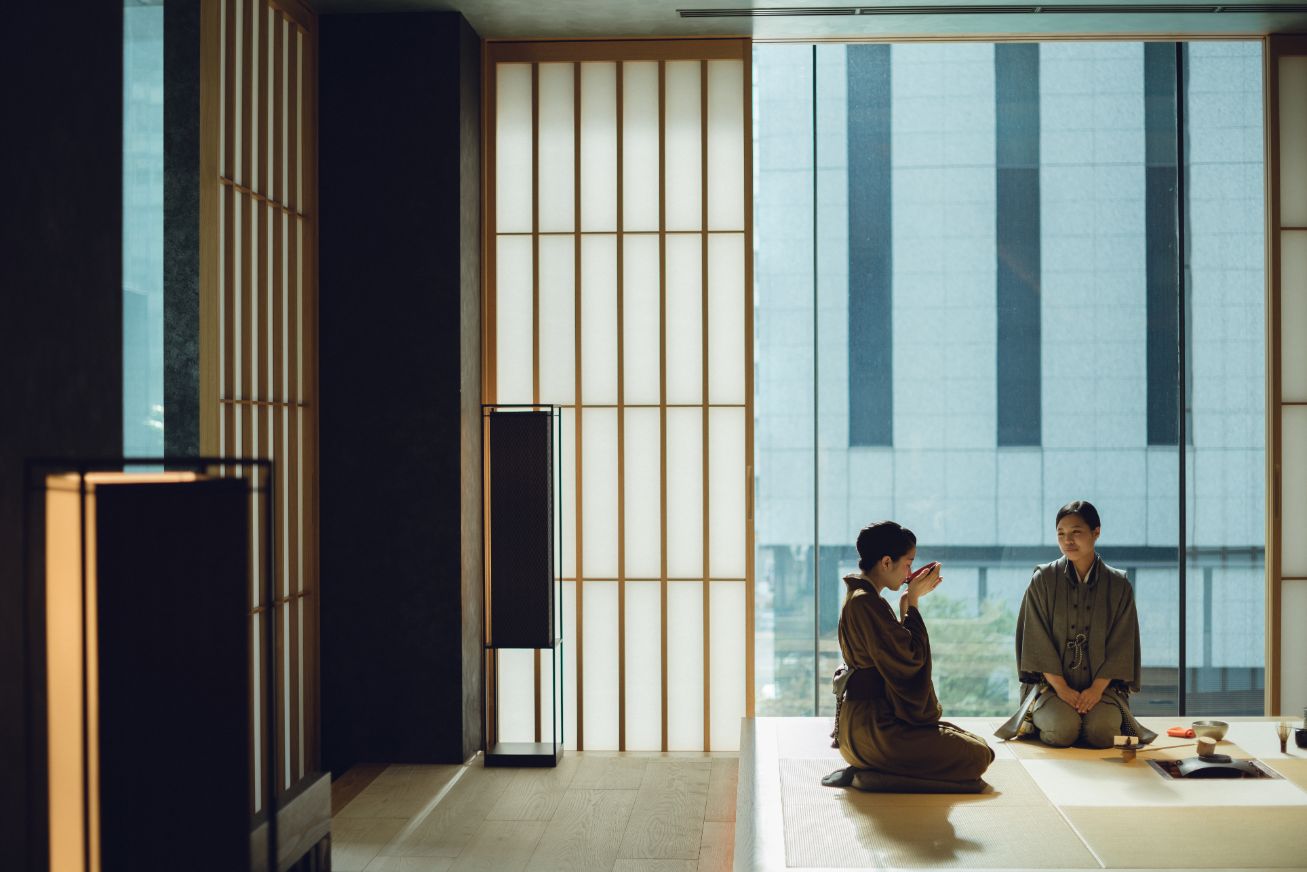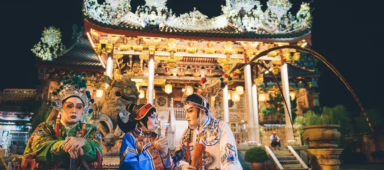In Japan, providing a warm welcome to visitors is something of an art form. We explore the subtle, precise and treasured practice of omotenashi
Never mind sushi, sumo, wasabi or ramen. If there is one Japanese word worth learning that truly sums up the spirit of the nation, it might just be omotenashi.
This Japanese word is often translated as “hospitality”, yet, like so many things in a country known for its many layered rituals and cultural codes, its full expression is as complex as whisking up a cup of matcha. Deeply embedded in the Japanese DNA, omotenashi can perhaps be best summed up as a sky-high respect for others, combined with an almost mind-reading level of intuitive understanding of what someone needs (often before they know they need it themselves).
Expressions of omotenashi are filtered through every element of life in Japan and, while discretion is inherent, it won’t take long for omotenashi to manifest itself in myriad forms upon a foreign visitor’s arrival.
It’s the white-gloved taxi driver opening the door with the press of a button; the green tea and hand towels provided at hotel check-in; the train staff who bow before exiting a carriage; and the convenience store staff who help find the right iced coffee.

And now, as Japan counts down to hosting the long-awaited Tokyo Olympics – entertaining record numbers of overseas visitors in the process and opening a string of new hotels across the country – omotenashi, in all its expressions, modern and ancient, has never been more relevant.
Read more: Only in Japan: 5 amazing things to look out for
The modern ryokan
The idea of omotenashi has long gone hand in hand with Japan’s rich history of traditional ryokan inns, serene enclaves of tatami-mat floors, sliding screens, futons unrolled nightly and, of course, artfully intuitive kimono-clad staff.
And so Hoshinoya Tokyo was perhaps always going to stand out. Located amidst a sea of high-tech skyscrapers in the heart of Tokyo’s urban sprawl, it bills itself as the city’s first luxury high-rise ryokan.
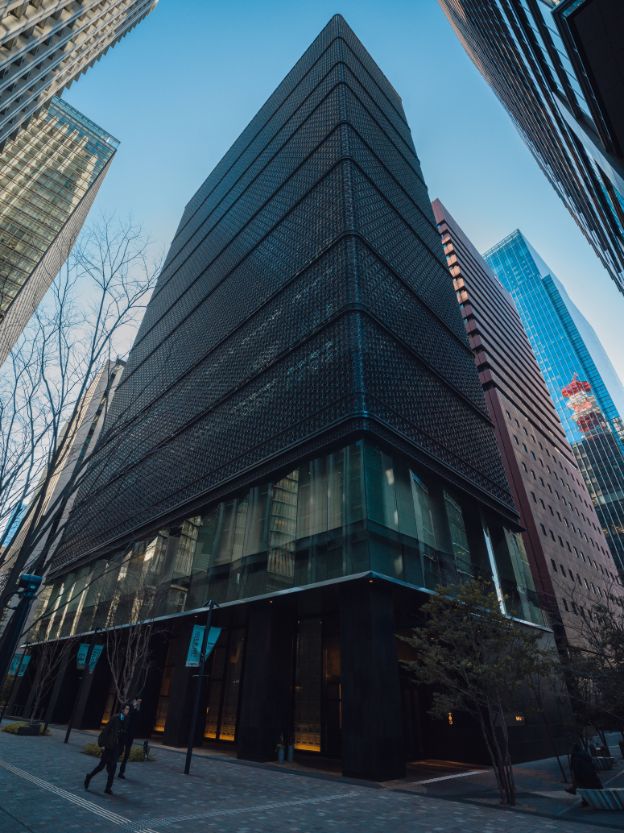
Housed in a shiny standalone tower with a black latticed façade, it’s perhaps tricky to imagine any traditional concepts of hospitality will be uncovered within. Yet, from the moment the tall hiba (Japanese conifer) doors swing open and the dramatic lobby comes into view, it’s clear that this is a property that takes urban concepts of omotenashi to new heights.
Forget a conventional check-in desk: here, guests take off their shoes, which are placed in the Japanese chestnut and bamboo boxes that line an imposing wall, before they’re whisked upstairs in an elevator. To replicate the intimate experience of traditional inns, each level of the 14-storey tower is designed as an individual ryokan, with its own ochanoma tea lounge offering tea, rice balls and sake.
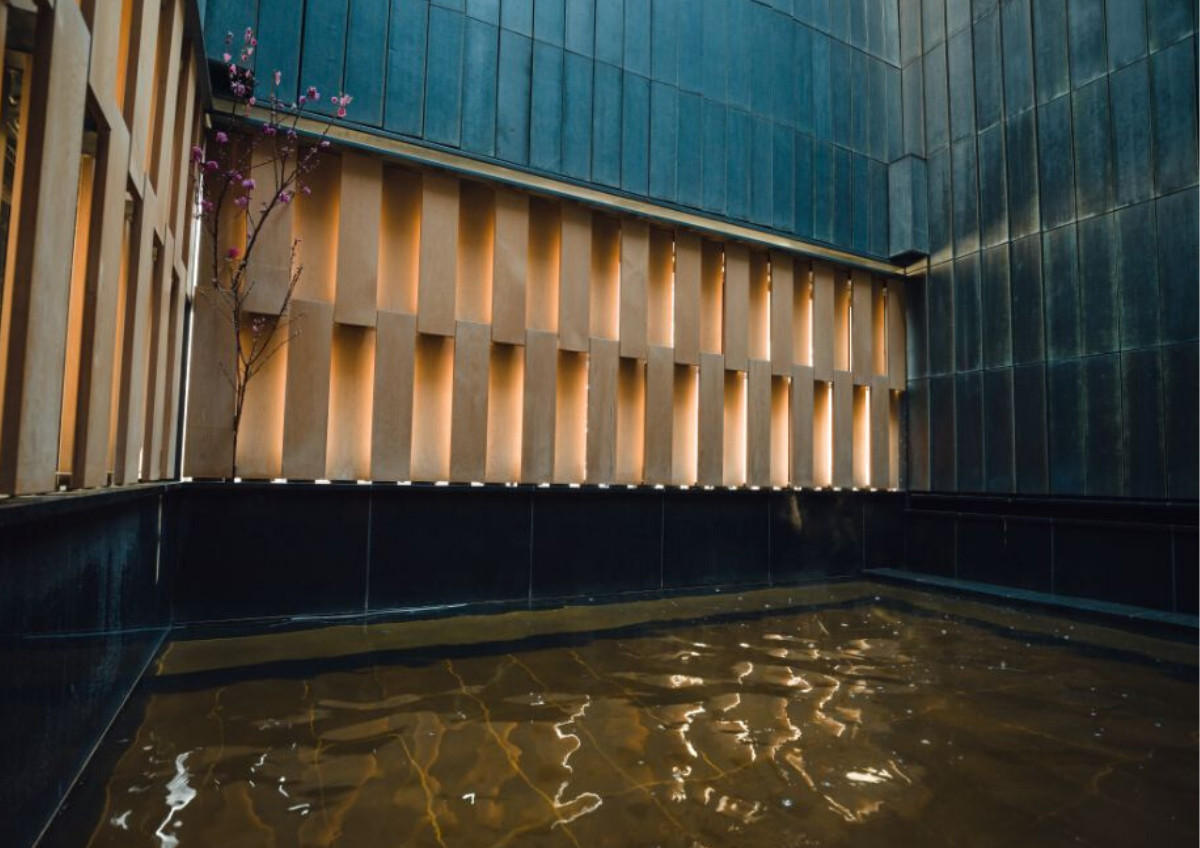
The guestrooms – designed, like the rest of the hotel, by Tokyo-based Rie Azuma of Azuma Architect & Associates – offer contemporary hints of traditional Japanese hospitality, with sunlight-diffusing washi paper screens, a warm palette of purples and greens, deep square baths and low-level beds.
Yet, the scene-stealers are, no doubt, the staff: dressed by Kyoto label Sou Sou, they are polite, warm, unwaveringly intuitive and the perfect advertisement for omotenashi in downtown Tokyo.
The butler
Yusuke Mori is the textbook embodiment of contemporary omotenashi. Often dressed top-to-toe in black Yohji Yamamoto, complete with split-toe trainers, he is just as comfortable performing a meditative tea ceremony while kneeling on tatami mats as he is whipping up cocktails for private parties after dark.
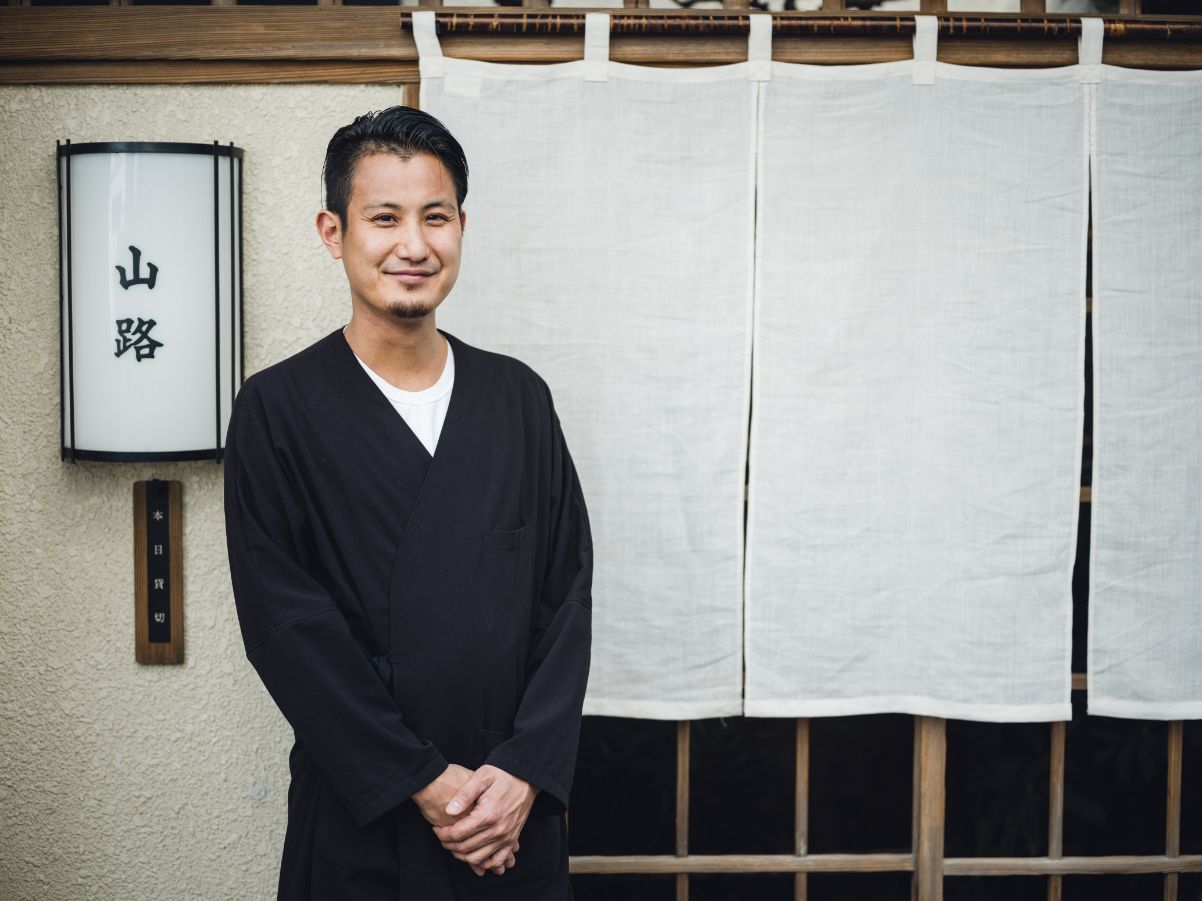
Yusuke is one of a team of savvy modern butlers who are on call around the clock at one of Tokyo’s most stylish stays: Trunk (House). The sleek, contemporary hotel, which opened last summer, is located in a renovated 70-year-old former geisha house in the atmospheric Kagurazaka district of Tokyo. It’s so exclusive, there’s only one guestroom (plus, among other highlights, what must be the world’s tiniest – and hippest – karaoke disco room).
Needless to say, anticipating the needs of the guests is something of an artform among the butlers at Trunk (House), who, along with a team of private chefs, offer an exemplary display of near-telepathic hospitality.
When one guest recently expressed embarrassment over the hole in one of her socks while slipping o her shoes at the entrance, Yusuke thought nothing of discreetly buying a fresh pair from a local shop and giving them to her. On another occasion, a group of guests were disappointed to learn a local bar they wished to visit had already closed – so Yusuke spoke to the bar owner and, after using his persuasive charms, the bar was opened privately for them.
“These are small things, but I try to make guests happy, as each encounter is special,” he explains.
For Yusuke, the essence of omotenashi lies in a classic Japanese phrase long loved by tea masters, “ichi-go ichi-e”, which literally means “one time, one meeting”. On a deeper level, it hints at the transience of life and the importance of appreciating every moment, as it will never happen again.
“During [a] tea ceremony, both host and guest should appreciate and treasure the precious occasion as it is just once in a lifetime,” Yusuke explains. “Every experience at Trunk (House) is unique, and we are here to help make it special.”
The tea ceremony
While many cultures have tea ceremonies, few are as highly choreographed as Japan’s chado. Hundreds of unspoken rules govern the ceremony’s performance, but at their heart is a deep two-way respect. Drinking tea this way is less about slaking a thirst, and more about fostering a calming, sincere, perhaps even spiritual connection between guest and host.
In fact, Sen no Rikyu, the 16th-century tea master widely thought of as the grandfather of chanoyu, or the Way of Tea, is also the man most commonly credited with establishing omotenashi.
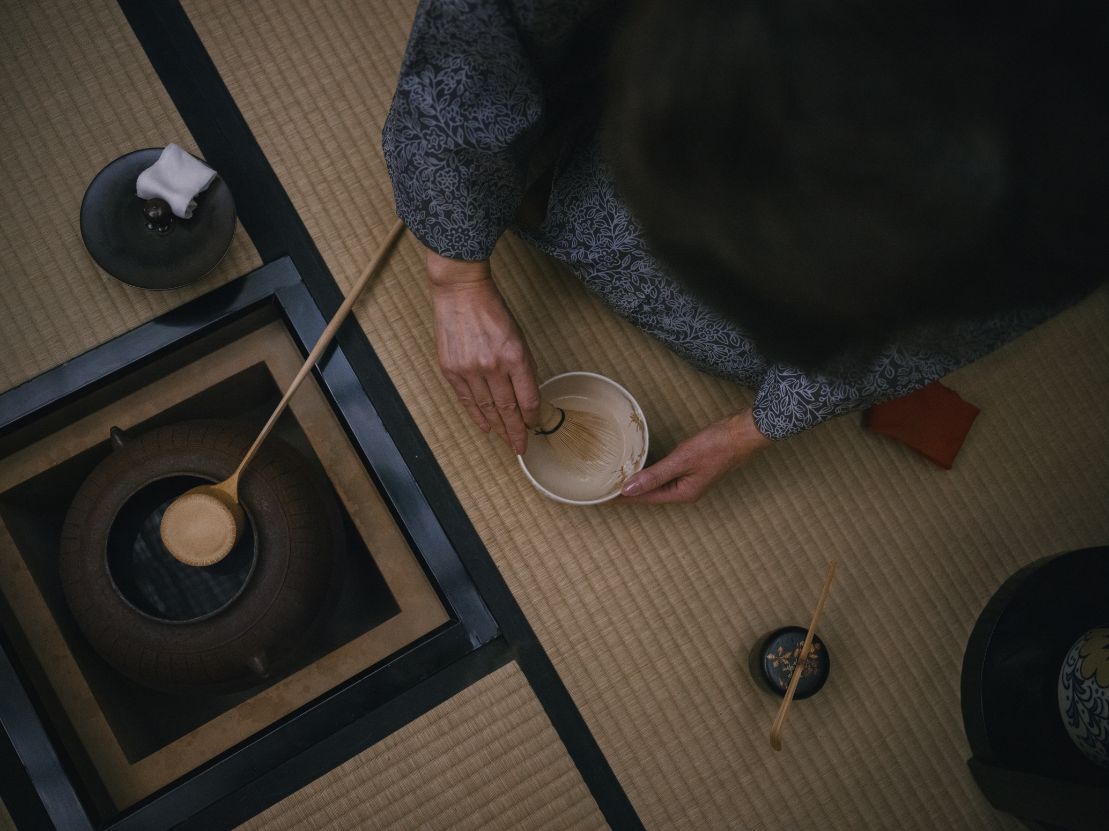
Even before the ceremony begins, there are steps to follow to build mutual respect between guest and tea master. Historically, guests would enter the chashitsu, or tea room, by crawling through a tiny door called a nijiriguchi. This is thought to have been a way for guests to humble themselves before the host, showing that even though one is serving the other, it is done in kindness, not servitude.
As with all tea rooms, the Imperial Hotel’s chashitsu, Toko-an, in Tokyo’s Uchisaiwaicho district, features simple furnishings, subdued colours and views of a tranquil, mossy garden to create a sense of quiet respite from the outside world.
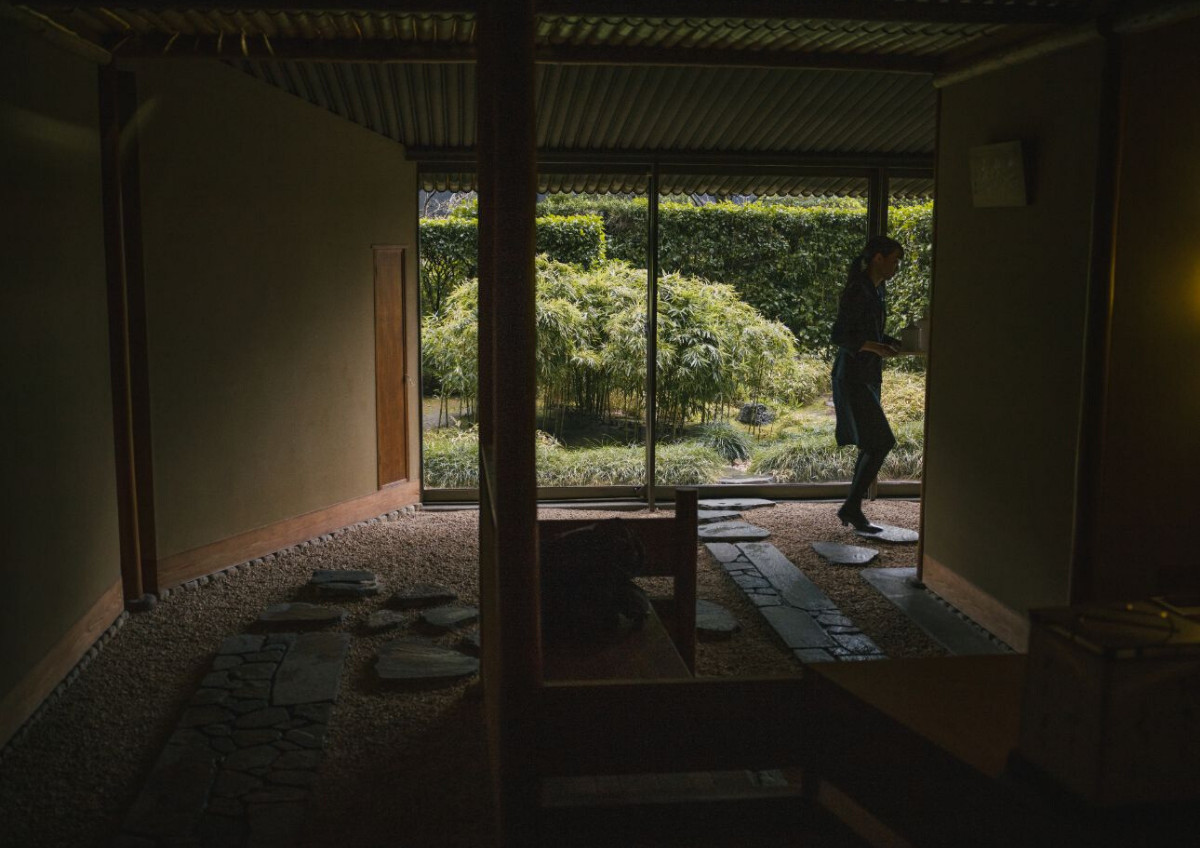
Once guests are seated, the tea master prepares the tea in front of them, devoting painstaking attention to purifying the utensils used. This encourages guests to focus on the process, bringing them into the moment, and also shows that the host has nothing to hide, and that their intentions are sincere.
Yet, certain aspects of the tea ceremony remain invisible to the guests, such as the lengths a tea master will sometimes go to beforehand to secure the most appropriate cups and owers. When it comes to omotenashi, both seen and hidden hospitality matter, and a true master of the art delivers both.
This story originally appeared in the Spring 2020 issue of Going Places magazine.
